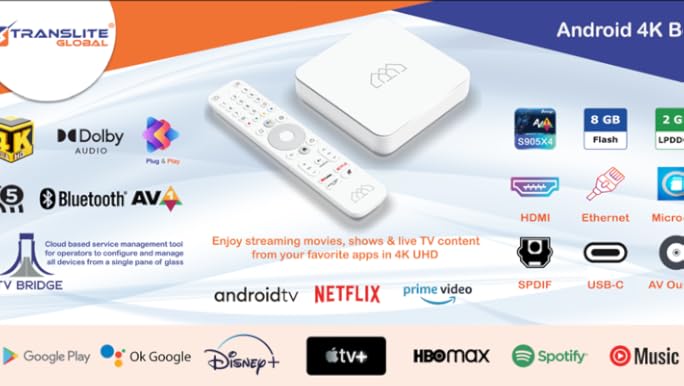Introduction:
In today’s visually driven world, businesses and artists seek innovative ways to communicate and captivate their audience. Translite, a form of illuminated film used for backlit displays, has become a vital tool for effective visual communication. With applications in advertising, interior design, film, and entertainment, Translite offers vibrant, dynamic imagery that enhances brand visibility and creates immersive environments. This article will explore what Translite is, how it works, and its applications and advantages across various industries.
1. What is Translite?
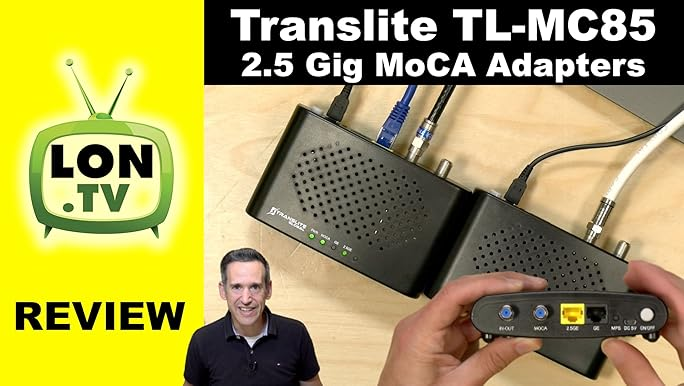
Translite, also known as “translight,” is a backlit, translucent material used to create vivid illuminated displays. It is made from a specialized film or vinyl substrate printed with high-resolution graphics, which, when lit from behind, offers an impressive, eye-catching glow. Translite has been widely used in movie backdrops, advertising displays, and even interior design due to its unique ability to create dynamic, well-lit images.
The material is typically coated with UV-resistant inks, ensuring that the colors remain vibrant even when exposed to prolonged sunlight or artificial lighting. The unique backlighting effect gives depth and richness to the colors, making the images appear more lifelike and immersive.
2. How Does Translite Work?
Translite relies on backlighting to create its luminous, high-quality displays. Here’s a step-by-step overview of how Translite works:
- Printing Process: The Translite material is printed with high-resolution graphics that are optimized for backlighting. The inks used are specifically designed to retain clarity and brightness when light passes through them.
- Light Source: Once the image is printed, it is mounted in front of a light source, typically LED lights. These lights evenly illuminate the surface, ensuring that the colors are vibrant and the details sharp.
- Translucent Material: The film or vinyl material used in Translite has a unique translucency that allows light to pass through while diffusing it evenly across the image. This even diffusion minimizes shadows and hotspots, creating a consistent glow.
Thanks to this process, Translite can produce visually compelling, high-quality displays that retain clarity and brightness.
3. Applications of Translite Across Industries
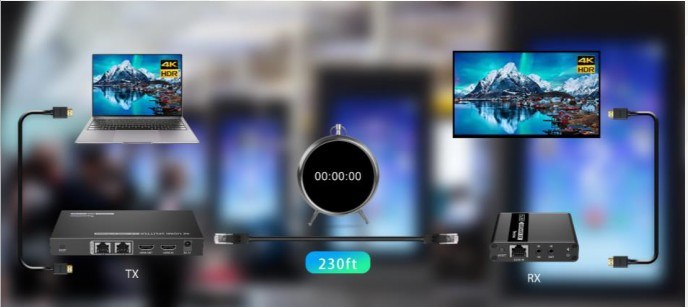
Translite versatility and impact make it suitable for multiple industries, each leveraging its unique properties for diverse applications.
Advertising and Retail
Translite displays are widely used in advertising, especially in places like malls, airports, and outdoor settings. The vibrant, illuminated graphics capture attention and can be used for everything from brand promotions to product launches. In retail, Translite backlit displays can enhance the appeal of storefronts and product showcases, attracting customers and encouraging purchases.
With Translite, retailers can create seasonal or promotional displays that stand out, as the illuminated backdrop helps customers notice the advertisement even in brightly lit or crowded environments.
Interior Design
In interior design, Translite is used to create ambiance and thematic decor. By installing Translite backdrops in homes, offices, hotels, or restaurants, designers can create immersive environments that set the mood. For instance, a tropical landscape Translite can bring a sense of calm to a spa, while a cityscape backdrop can add an urban vibe to a restaurant or cafe.
Designers can change these backlit designs based on seasons, themes, or client preferences without significant renovations, making Translite a flexible, cost-effective option for modern decor.
Film and Photography
Translite plays a significant role in film and photography, particularly for background scenery in film sets. This is especially useful for scenes where transporting the cast and crew to real locations would be impractical. High-quality, printed Translite backdrops can mimic cityscapes, landscapes, or even outer space, creating the illusion of location without leaving the studio.
For photography, Translite backdrops offer consistent lighting and vibrant colors, ideal for portrait and product photography. The illuminated backdrops also reduce the need for additional lighting equipment, simplifying the setup for photographers.
Events and Exhibitions
Translite is popular in event management and exhibitions for creating attention-grabbing displays, stage backdrops, and informational panels. Its portability, ease of installation, and captivating lighting make it an ideal solution for branding and showcasing products at trade shows, conferences, and concerts. Translite’s visual impact helps exhibitors stand out in crowded event spaces, making it easier for brands to attract visitors and enhance their event presence.
4. Advantages of Using Translite
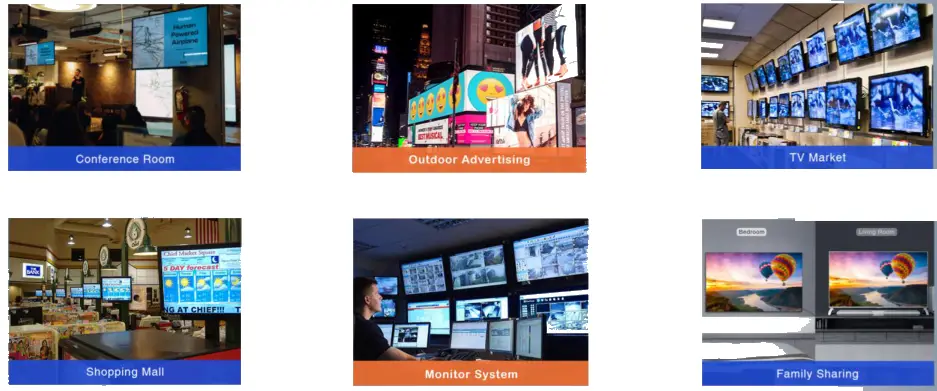
The popularity of Translite stems from its many advantages, which make it an attractive choice for various uses. Here’s a closer look at some of the main benefits:
High Visibility
One of the primary advantages of Translite is its ability to capture attention due to its backlit illumination. This makes it perfect for advertising, where visibility is crucial. The high brightness of Translite displays allows them to stand out in low-light conditions and remain visible from a distance.
Vibrant Color Reproduction
Translite materials are specifically designed to enhance color vibrancy when lit from behind. The unique inks and printing processes used in Translite maintain color fidelity and clarity, even under bright light. This helps images retain their visual impact, an essential quality for advertising and creative displays.
Durability and UV Resistance
Translite is often treated with UV-resistant coatings, making it suitable for both indoor and outdoor use. The materials used are durable and resistant to fading, ensuring that the displays retain their quality over time. This durability is particularly important for outdoor advertising, where displays are exposed to sunlight, rain, and other environmental factors.
Cost-Effective and Easy Installation
Compared to large-scale displays or permanent installations, Translite is relatively affordable and easy to set up. Translite materials are lightweight and can be quickly mounted or replaced, making them a cost-effective choice for businesses and events. The ease of installation also means that displays can be frequently updated, keeping visuals fresh and relevant.
Energy Efficient with LED Backlighting
With the advancement of LED technology, Translite backlit displays have become more energy-efficient. LEDs consume less power, generate less heat, and have a longer lifespan, making them ideal for use in backlit Translite displays. This energy efficiency is especially beneficial for businesses looking to reduce costs associated with illuminated advertising.
5. Challenges and Limitations of Translite
While Translite offers numerous advantages, it does have certain limitations that should be considered:
- Dependence on Light Source: Since Translite relies on backlighting, the quality of the display can be affected by the light source. Inconsistent or insufficient lighting can diminish the impact of the display.
- Limited Reusability: Some Translite displays, especially those designed for short-term use, may not be as reusable, leading to waste. However, high-quality materials can last longer, making them suitable for extended use.
- Printing Costs: High-quality Translite displays require specialized printing processes, which can be costly, especially for large formats or custom designs.
6. The Future of Translite Technology
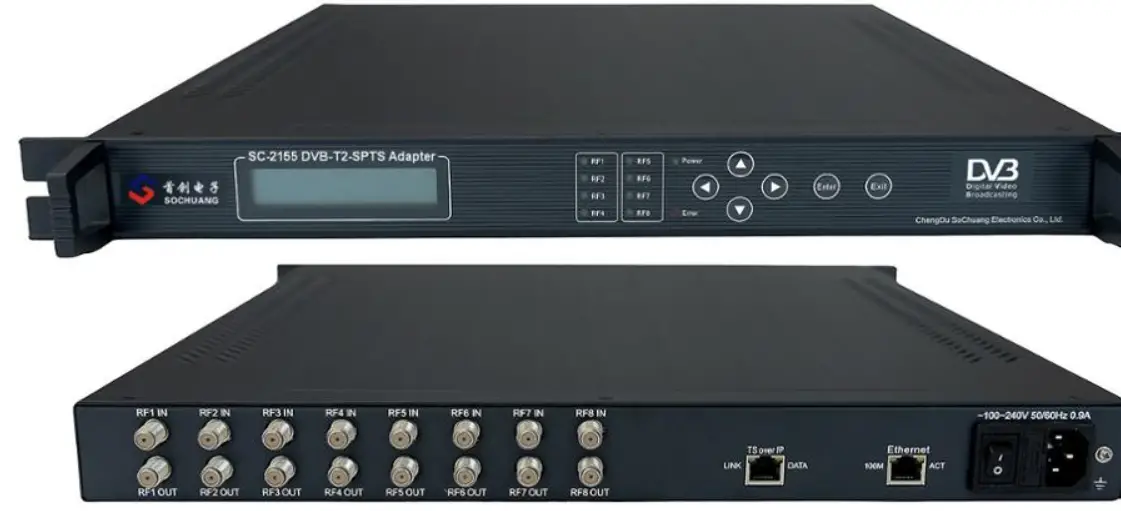
As technology continues to evolve, Translite is likely to become even more versatile and environmentally friendly. New materials and printing methods may make it more reusable and reduce production costs. Moreover, the integration of digital displays and LEDs will likely enhance the functionality and visual appeal of Translite displays.
In advertising, we may see more dynamic and interactive Translite displays that allow businesses to update graphics in real time. In interior design, the addition of smart lighting solutions could enable homeowners and businesses to control the ambiance and brightness of their Translite decor through mobile devices.
Conclusion:
Translite has transformed visual communication across multiple industries, from advertising and retail to film and interior design. Its vibrant, backlit displays capture attention and create immersive experiences that help brands stand out and add depth to decor. While it has some limitations, Translite’s affordability, durability, and impressive color reproduction make it a preferred choice for various applications. As technology advances, Translite will continue to evolve, offering even more innovative ways to create stunning, illuminated visuals.


